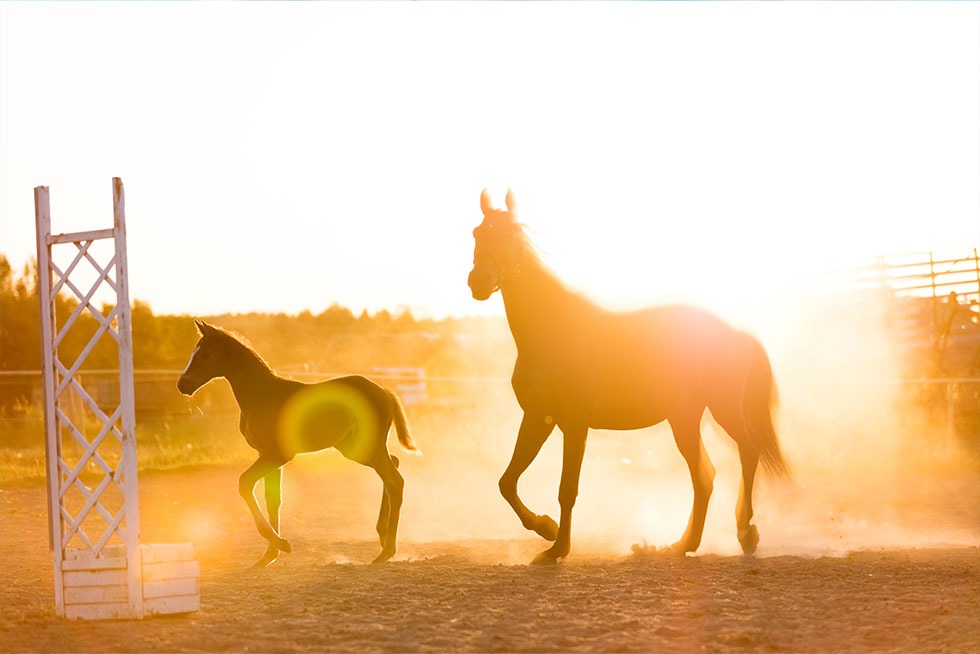Equine Chiropractic
Chiropractic is an effective treatment for most horses, especially ridden horses as they are not designed to carry a rider on their backs!
When Can Chiropractic Help Your Horse?
Horses can develop regions of joint restriction, muscle tightness and soreness which can lead to discomfort and sub-optimal performance. Horses don`t always show pain, being prey animals, but some signs of an underlying problem are:
BOOK AN APPOINTMENT
How Can We Help
Equine chiropractic can help with:
Assessment
Chiropractic assessment involves:
What Does Treatment Involve?
Veterinary chiropractic is not intended to replace traditional veterinary medecine, however, it can provide additional means of diagnosis and treatment options for biomechanical-related musculoskeletal disorders. Lameness should always be assessed by the primary vet, as only they can diagnose and treat lameness in an animal.
Treatment will involve low-force adjustments in areas of the body where joint motion is found to be less than normal; mobilisation of individual joints to encourage freedom of movement; soft-tissue work if areas of muscle/fascia are tight; stretching tight or short muscles which can be due to over-use in certain regions of the body.
Most horses relax and enjoy being treated, however, a close eye is kept on responses and only as much treatment as necessary will be given.

Post Treatment
Usually we recommend a day off from being ridden following treatment, but this is largely dependent on the individual horse, how much treatment it has received, and how many times it has been treated previously. Owners will be advised on this at the time of treatment.
‘Homework’ exercises such as simple stretches will often be taught following treatment. Appropriate exercises can be very helpful to ensure the positive effects of treatment are long-lasting.
Veterinary Consent
As a prerequisite to treatment, owners must obtain permission from the animal`s primary vet. This is a legal requirement in the UK.
Regular check-ups are a really good idea, chiropractors can pick up on individual joints that are not functioning as well as they should and work to prevent them causing compensatory problems in other areas of the body. Preventative and maintenance care is one of the best health investments you can provide for your horse!
